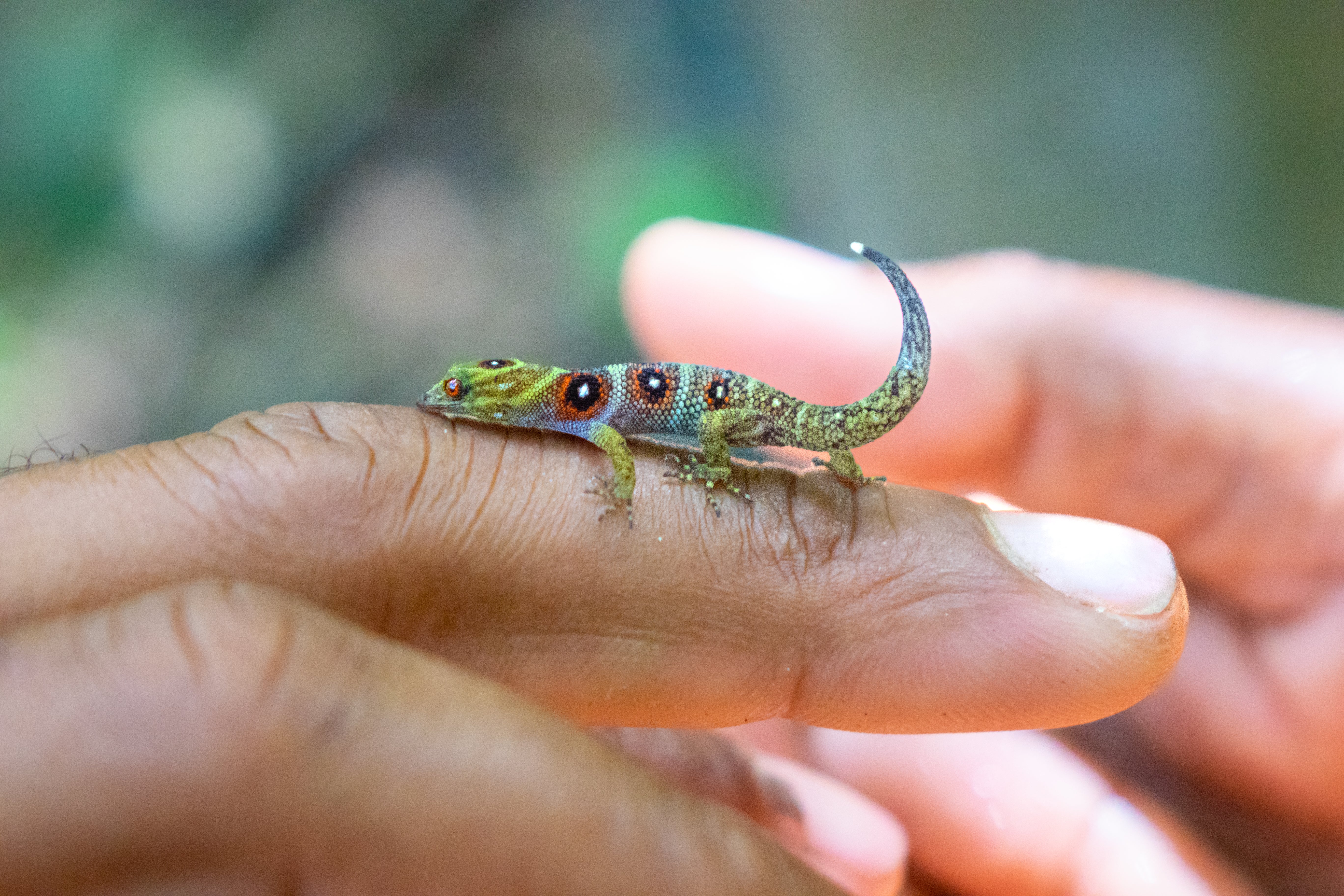‘Gem-like’ gecko makes Caribbean comeback
The wild population had shrunk to one-fifth of its former size due to aggressive poaching
A tiny endangered gecko with jewel-like markings is making a comeback in the Caribbean thanks to conservation efforts.
The critically endangered Union Island gecko’s population increased from 10,000 in 2018 to around 18,000 today, an increase of 80 per cent, according to Fauna & Flora International (FFI), Re:wild, and local partners.
The only known population of the rare Union Island gecko, a reptile that is about the size of a paperclip, is confined to a 50-hectare patch of ancient forest in St. Vincent and the Grenadines, making it particularly vulnerable to human activities.
"As a Unionite and a community leader, I am extremely proud to be a part of this success story,” said Roseman Adams, co-founder of the Union Island Environmental Alliance.
“Without a doubt, our shared, unwavering dedication and sacrifice has brought us this far. We now have to be entirely consistent with further improvements in our management and protection of the gecko’s habitat for this success to be maintained."

The species was first described by science in 2005 and immediately became a coveted exotic pet. By 2018, the wild population had shrunk to one-fifth of its former size due to aggressive poaching for the international pet trade. A University of Cambridge study in 2017 found the gecko was the most heavily trafficked reptile from the Eastern Caribbean.
Organisations including FFI, the Union Island Environmental Alliance, and St. Vincent and the Grenadines Forestry Department, stepped in in to prevent the Union Island gecko from imminent extinction.
A species recovery plan introduced a range of conservation efforts, from greater protected area management and expansion, to anti-poaching patrols and 24/7 camera surveillance in the forest.
“It is truly a testimony to the determination of the Forestry Department - and the amazing community wardens on Union Island - that this gecko has become one of the best guarded reptiles in the world,” said Jenny Daltry, Caribbean Alliance director for Re:wild and FFI.
“This is something for which the whole community of Union Island can be rightly proud.”
According to Daltry, the geckos change slowly when brought into the light from dark brown to multi-coloured, like a Polaroid picture.
Join our commenting forum
Join thought-provoking conversations, follow other Independent readers and see their replies
Comments
Bookmark popover
Removed from bookmarks